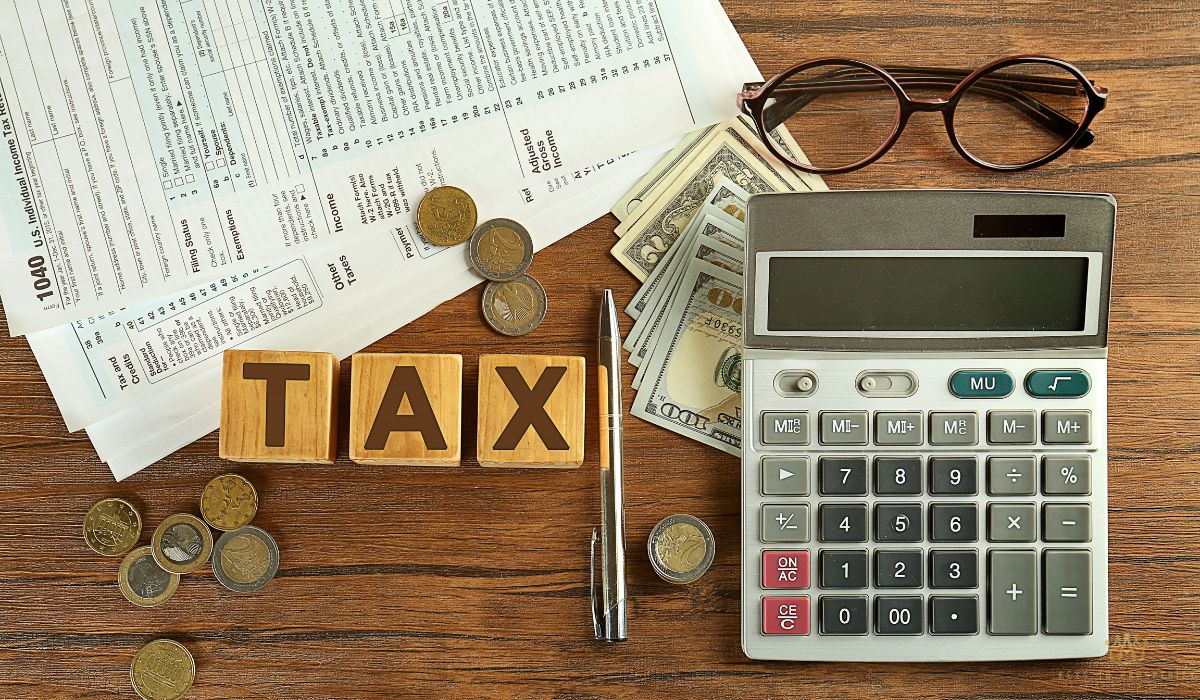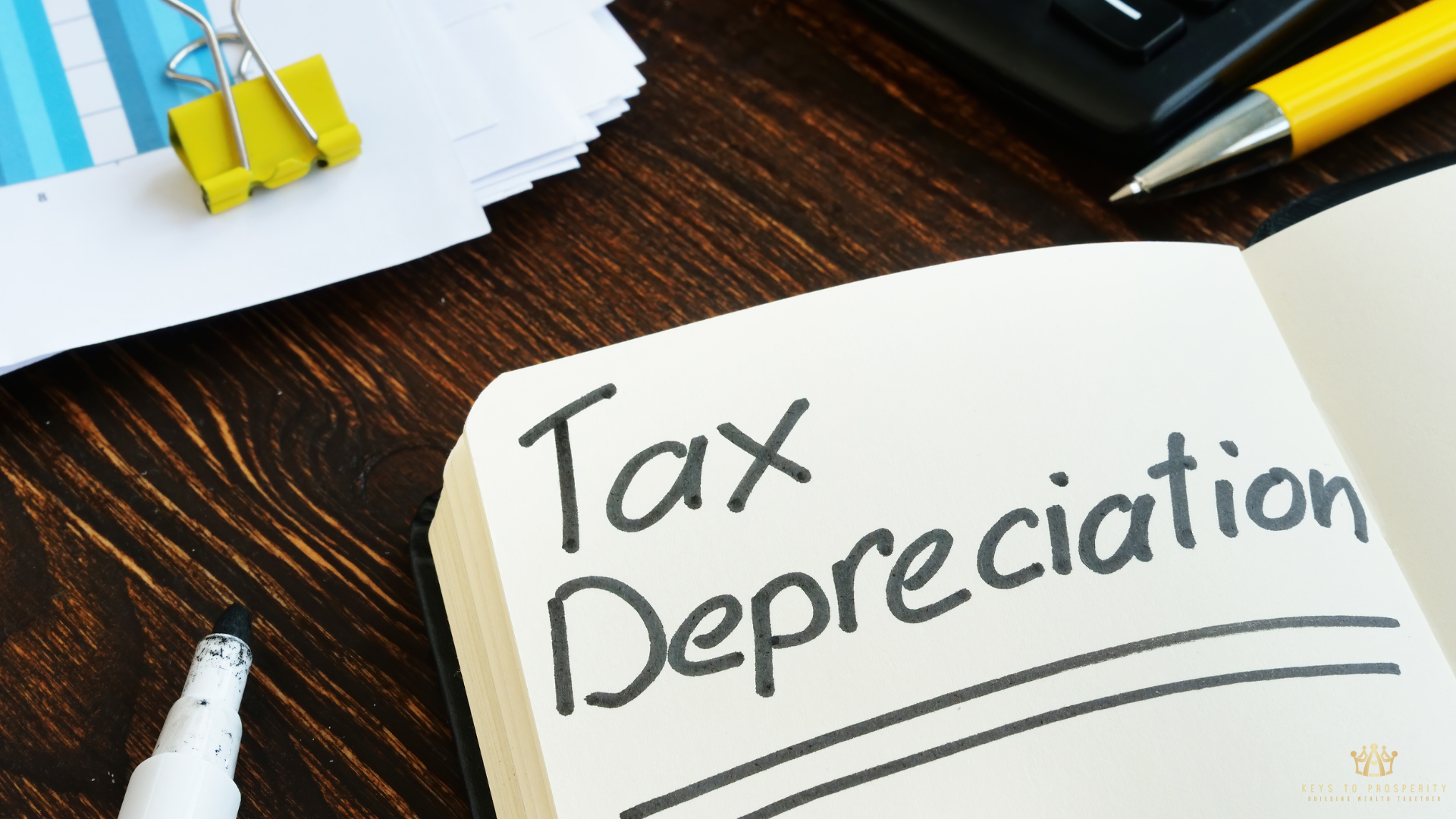More everyday Americans are now steering their own financial futures. Retail investors account for 15% to 25% of trading volume in US markets, which is a significant jump since 2020. This shift brings exciting opportunities, but also new tax implications many find complex.
If navigating capital gains, ordinary income rules, or simply lowering your tax bill feels challenging, you’re in the right place. This guide focuses on practical retail investor tax planning strategies anyone can use.
We’ll walk through understanding your tax bracket, choosing the right accounts (like tax deferred accounts or Roth IRA), smart techniques like tax loss harvesting to offset capital gains, and building truly tax efficient portfolios.
Our goal is to help you keep more of your hard-earned investment returns and confidently manage your tax liability. From our experience, proactive planning makes a tangible difference.
Building on our look at investor classification tax credits, this article arms the self-directed investor. Next, we’ll explore sophisticated investor tax advantages. For real estate focus, see our post on big beautiful bill real estate investors benefits.
Short Summary
- Retail investor tax planning helps reduce your tax burden and improve long-term returns.
- Know the difference between ordinary income and capital gains, and how tax brackets affect your investment income.
- Use a mix of tax advantaged accounts, like Roth IRAs, Traditional IRAs, and 401(k)s, to spread out your future tax liability.
- Apply tax loss harvesting to offset taxable gains and cut down what you owe.
- Build a tax efficient portfolio by placing the right assets in the right accounts and staying ahead of tax rules.
- Speak with a tax advisor or financial advisor to make smarter moves based on your specific situation.
Understanding Investment Taxation and Your Tax Bracket
Knowing how your investments are taxed helps you keep more of your gains. This section covers the basics of ordinary income, capital gains, and how tax brackets influence what you owe.
We’ve also included insights into different asset classes and how taxes can quietly chip away at your investment returns if you’re not paying attention.
Short-Term Vs. Long-Term Capital Gains
Timing matters a lot when selling investments. Short term capital gains (profits from assets sold in under a year) get taxed the same way as ordinary income.
That means they follow your federal income tax bracket. If you’re earning a high salary, those gains can get taxed at 35% or more. Ouch.
On the other hand, long term capital gains (assets held for more than a year) are taxed at a lower capital gains rate, typically 0%, 15%, or 20%, depending on your income level. That’s a huge difference in what you actually keep.
We once looked at a portfolio where the investor sold stocks within six months, thinking the gains were a win. But because they were taxed at the ordinary income rate, they paid nearly double the taxes they would’ve owed with better timing.
How Your Tax Bracket Affects Investment Income
Interest from taxable bonds, dividends, and investment income all count as taxable income. They stack on top of your salary or business income. Higher income? Bigger tax bill. Simple as that.
It’s smart to factor in local taxes too. States like California can add another layer of tax on top of federal amounts. Say you’re in the 32% federal bracket and your state tacks on 9%. Suddenly, your interest income from corporate bonds is getting hit with over 40% in taxes.
Different Asset Classes, Different Tax Treatments
Each type of investment plays by its own tax rules. For example:
- Taxable bond funds usually generate regular interest payments, all taxed as ordinary income
- Mutual funds may distribute gains, even if you didn’t sell anything yourself
- Exchange traded funds (ETFs) tend to be more tax efficient investments due to how they’re structured
- Fixed income securities can offer stable payouts but usually come with higher tax liability
It’s easy to miss how much those distributions affect your taxes until you see your return.
Calculating After-Tax Returns
Looking at the headline return isn’t enough. Always run the numbers on an after tax basis. A 10% gain sounds great, until capital gains taxes cut it down to 8% or less.
If you’re using a high-turnover strategy in a regular brokerage account, the tax consequences can drag down real investment returns without you noticing.
We once walked through this with someone who owned a mix of growth stocks and dividend-heavy funds. Just shifting a few assets into tax-deferred vehicles helped them significantly lower their tax bill the next year.
Retail Investor Tax Planning Through Strategic Account Selection
Choosing the right accounts for your investments isn’t just about growth. It’s also a key part of your tax strategy. This section explains how tax advantaged accounts, tax deferred accounts, and account mix can work together to help reduce your tax burden, now and later.
Using The Right Tax Advantaged Accounts
Start with what’s offered through work. A 401 k with an employer sponsored retirement plan match is essentially free money. Max it out if possible. It lowers your taxable income now and grows on a tax deferred basis.
Next, look at individual accounts:
- A Traditional IRA gives you tax deductions up front.
- A Roth IRA grows tax free and can help in years where your income might be higher.
For example, one person had been investing solely in a taxable brokerage account. Once they split contributions between a Roth and Traditional IRA, they got more flexibility and saw a smaller tax bill within just one year.
Tax Diversification And Account Mix
A good rule of thumb: Don’t put all your tax eggs in one basket. Use a tax diversification approach.
- Tax deferred accounts help with current savings and retirement accounts planning
- Roth accounts offer future tax free withdrawals
- Taxable accounts allow for flexibility and access to funds without early withdrawal penalties
For example, imagine needing to withdraw funds in a year when you’re temporarily in a low tax bracket. That’s the time to pull from tax deferred accounts. Planning that mix now gives you control later.
Planning For Future Withdrawals And Tax Changes
At some point, the IRS wants its cut. Required minimum distributions (RMDs) begin at age 73, and they can spike your taxable income. We always suggest running projections. Think about future tax years and how changes in law might impact you.
Future tax law changes are hard to predict, but building flexibility into your account types gives you options if brackets rise.
We saw this come up with someone nearing retirement. They shifted some savings into a Roth early, taking a tax hit now to avoid higher taxes down the road.
Avoiding Unintended Tax Surprises
Brokerage accounts offer freedom, but they also bring possible headaches. Unplanned interest payments, year-end capital gain distributions, or selling during a high-income year can create unwanted tax implications.
Keep an eye on:
- Estimated taxes due each quarter
- Holding periods to avoid short term capital gains
- Spreading sales over different tax years to limit taxable gains
One helpful practice is reviewing your holdings twice a year. That way, you’re not caught off guard. A little preparation goes a long way when trying to manage estimated tax liability and keep your retirement savings growing smoothly.
Tax Loss Harvesting to Offset Capital Gains
Nobody likes seeing red in their portfolio. But with the right moves, those losing positions can still work in your favor. In this section, we’ll look at how to use tax loss harvesting to lower your tax bill by turning investment losses into tax savings.
How To Offset Gains Using Losses
Selling investments at a loss may sound like a setback, but it can be a smart way to reduce taxable gains. Let’s say you sold a stock for a big profit earlier in the year. You can sell an underperforming investment now to cancel out that gain and shrink what you owe.
Here’s the general order to follow when applying losses:
- First, offset short term capital gains, which are taxed at your ordinary income rate
- Next, apply losses to term capital gains
- Then, if you still have losses, you can reduce up to $3,000 of ordinary income for the year
For example, one investor sold a tech stock that dropped 30%. The loss helped reduce a large gain from selling a rental property. The difference in their capital gains taxes was over $4,000.
Mind The Wash Sale Rule
Before jumping in, it’s important to understand the Internal Revenue Service rules. If you sell a security at a loss, you can’t buy it or something nearly identical within 30 days. This is called a wash sale, and it disqualifies the loss from being deducted.
We’ve seen people make this mistake with ETFs or similar mutual funds, thinking they were safe because the ticker symbols were different. If two investments track the same index, they could still be considered “substantially identical.” Always double-check before repurchasing.
Timing And Portfolio Balance Matter
Harvesting losses makes the most sense when gains are high and you’re looking to lower your tax bill. But it shouldn’t throw off your overall strategy. We suggest reviewing your positions a few times a year.
Keep in mind:
- Transaction costs can eat into your savings if you’re selling small positions
- Some brokers offer tax-loss harvesting tools, but it helps to talk with a tax advisor or financial advisors before making big shifts
- Rebalancing your portfolio afterward is key to staying aligned with your long-term goals
Even if your year didn’t go the way you hoped, there are ways to make the most of it at tax time.
Building Tax-Efficient Investment Portfolios
Tax season doesn’t have to come with surprises. A portfolio designed with tax efficiency in mind can help you keep more of what you earn over time. Here’s how to structure your investments to reduce your tax burden while keeping things simple.
Choose Tax-Efficient Investments
Not all investments treat your taxes the same way. Some are built to keep distributions low, which helps minimize unwanted surprises in taxable accounts.
Look for:
- Actively managed funds often generate short-term gains, so those are better kept in tax deferred accounts
- Index funds: Low turnover makes them naturally tax efficient investments
- Exchange traded funds (ETFs): Typically more tax-friendly than mutual funds
One investor had heavy holdings in high-turnover mutual funds. Once they switched to ETFs with a similar strategy, they saw fewer year-end tax hits and smoother reporting.
Optimize Asset Location
A common mistake we see is placing everything in one type of account. To really get the most from your investments, consider where you’re holding them.
Here’s a quick guide:
- Put taxable bond funds and high-yield bond funds inside retirement accounts or tax deferred accounts
- Keep tax efficient investing vehicles like index funds in taxable accounts
This combo helps keep regular interest income and interest payments out of your yearly taxable income, which can help reduce your overall tax liability.
Adjust For Interest Rates And Tax Risks
Rising interest rates can affect which investments make sense. They might lower bond prices or push funds into higher-yielding options with more distributions.
We recommend checking your allocations annually. Ask: Are your bond-heavy funds still in the right place? Should anything be moved based on current rates and income needs?
Personalized Tax Advice Makes A Difference
Even the best DIY setup has limits. A quick consult with a qualified tax adviser can uncover missed opportunities. A seasoned pro will help you match your investment accounts with both your goals and any unique tax considerations.
Tax advice can’t be tailored to fit just about anyone. We’ve seen a small tweak, like shifting funds between accounts, help someone cut their tax burden by thousands over a few years.
A few smart choices now can mean far fewer headaches down the road.
Final Thoughts
Smart tax planning doesn’t need to feel like a full-time job. With the right approach, retail investors can cut down their tax bill, stay organized, and keep more of their money growing.
The key is knowing where your money sits, how it’s taxed, and adjusting as your financial life changes. Take a few small steps now, and in the future-you will be glad you did.
If you’re ready to explore more tips and tools that make investing easier, visit our homepage and keep learning with us.






